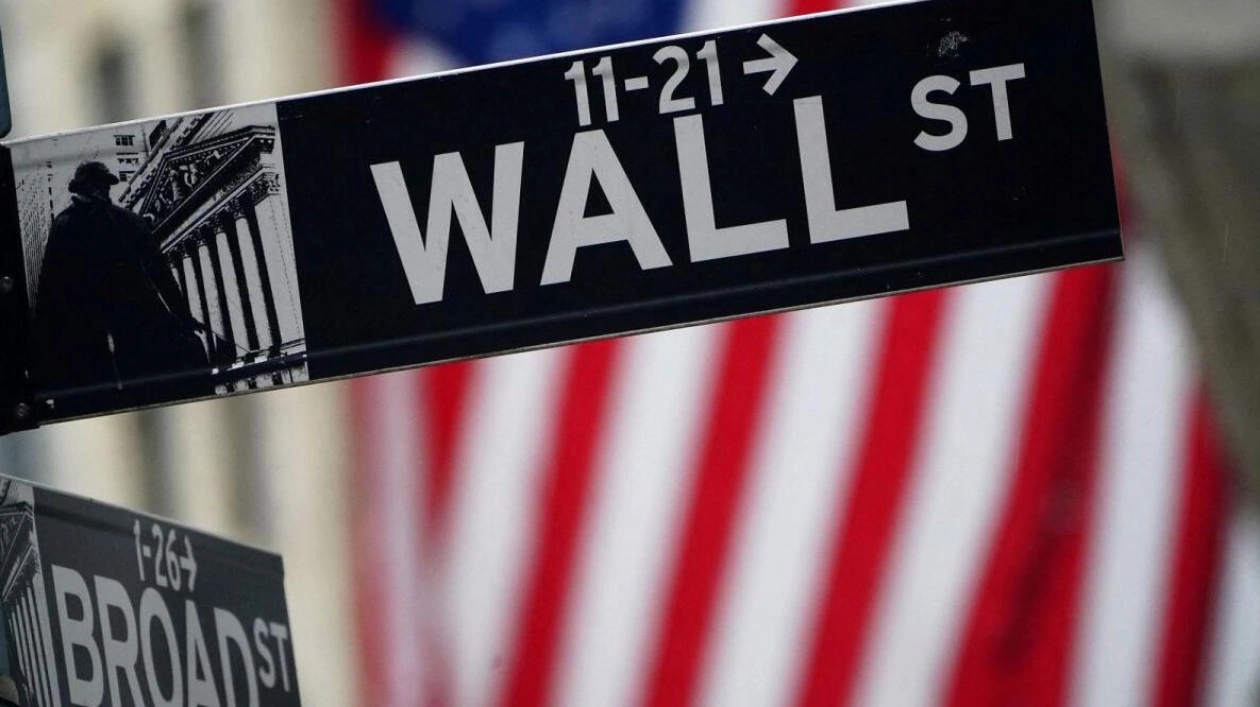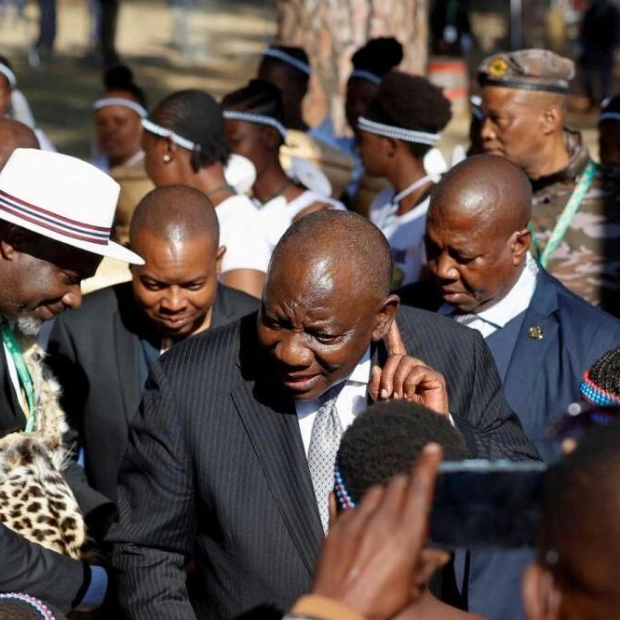Government bond markets, which have experienced robust price increases this summer, are now confronting the reality of their bets on swift central bank rate reductions and decelerating inflation, along with the uncertainties of a closely contested US presidential election. The benchmark 10-year US Treasury yields are projected to conclude August with a decline of nearly 30 basis points, marking their steepest monthly drop this year, fueled by anticipations of more rapid rate cuts—despite economic indicators alleviating recession fears triggered by the previous US employment report. With borrowing costs in Germany and the UK showing significant declines in July, all three regions are poised for their initial quarterly declines since the end of 2023. Bond yields are inversely correlated with prices.
For some, these developments affirm one of the prevailing investment themes—the idea that "bonds are back" after enduring a period of decline amid the post-pandemic surge in inflation and interest rates. Government bonds globally returned only 4 percent last year following 15 percent losses during 2021-22, and have yielded 1.3 percent year-to-date. However, major investors believe that any gains will either stagnate or potentially be excessive. "We have numerous indicators suggesting that the economy is not heading into a recession. We are merely experiencing a soft landing," stated Guillaume Rigeade, co-head of fixed income at Carmignac. "It's unjustified to us, this rapid acceleration into a cutting cycle," added Rigeade, who is pessimistic about longer-term bonds on both sides of the Atlantic.
Bonds have been buoyed by wagers that the Federal Reserve will reduce rates by approximately 100 basis points across its remaining three meetings this year—indicating one 50 basis point cut—which is double the level anticipated in late July. Traders have also intensified bets on counterparts like the European Central Bank. This stance seems contradictory to equity markets, which have seen flat returns since mid-July, whereas global government bonds have yielded around 2 percent. Economists surveyed by Reuters also anticipate fewer rate moves than traders expect from the ECB and the Fed this year.
These discrepancies underscore the complexity of maneuvering the government bond market for the remainder of 2024 for investors aiming to achieve substantial returns. The initial test will be next week's August US employment report. If it reveals a second consecutive month of significant weakness, it could bolster bets on a 50 basis point Fed cut in September, whereas a stronger report could negate the possibility of cuts, according to analysts. "We're at the decelerating phase of the economic cycle... It's where you encounter the most volatility in data like payrolls," explained Guy Stear, head of developed markets strategy at Amundi Investment Institute, the research arm of Europe's largest asset manager. He advises evaluating how much of their summer declines bond yields sustain in early September before adjusting positions.
Bond markets have also benefited from easing inflation. Market measures of inflation expectations have recently dropped to their lowest levels in over three years in the US and nearly two years in the euro zone. Although headline figures are approaching central bank targets, core inflation remains persistent on both sides of the Atlantic, necessitating vigilance. "The market is overly optimistic in pricing a flawless normalization," commented Carmignac's Rigeade, noting that risks lean towards inflation exceeding expectations in the coming quarters. Despite being contained, the recent surge in oil prices due to tensions in Libya and the Middle East serves as a reminder of future uncertainties.
Undoubtedly, the focal point remains the November US presidential election. The close contest between Vice President Kamala Harris and Republican challenger Donald Trump has 61 percent of investors in BofA's August survey refraining from trading in US Treasuries based on the election. "Regardless of the outcome, it will lead to continued high fiscal spending and substantial bond supply of US Treasuries," remarked Capital Group investment director Flavio Carpenzano. A Trump presidency supported by a Republican Congress would particularly pressure longer-term bonds, implying increased spending and inflation risks staying above the Fed's 2 percent target, Carpenzano added. Emphasis on fiscal restraint, coupled with clearer insights into US growth, might bolster euro zone bonds, which outperformed last year but have lagged behind US counterparts this year. The US economy expanded more than anticipated in the second quarter, and economists polled by Reuters have revised their growth expectations for the year to 2.5 percent. They still predict 0.7 percent growth this year in the euro zone, which saw a mere 0.3 percent economic expansion last quarter while Germany unexpectedly contracted. "If there's one economy that needs appropriate (interest rate cuts), it's the euro zone, due to its weaker and deteriorating fundamentals," said Salman Ahmed, Fidelity International's global head of macro and strategic asset allocation.






